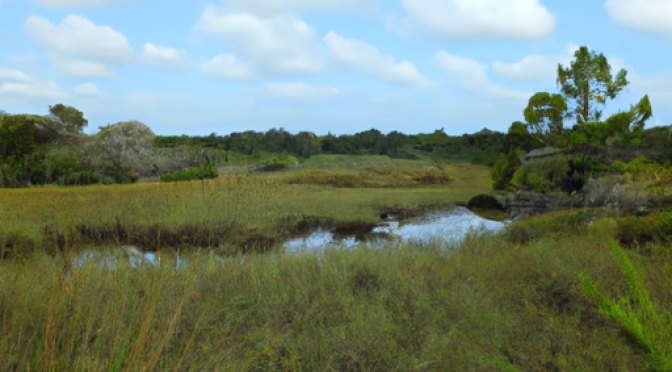Introduction
The sustainability of restored areas is of paramount importance for the protection of the environment and the conservation of biodiversity. Restoration is an attempt to restore natural habitats that have been previously damaged by human activities or disasters. In this article, we describe methods to promote the sustainability of restored areas.
1. Restoring soil quality
Soil quality in restored areas is often compromised, which can have negative impacts on the development of vegetation and organisms. To restore soil quality, it is important to restore the topsoil layer, optimise soil nutrient and water content and restore soil micro-organisms.
2. Restoring vegetation
Vegetation in restored areas is often damaged or completely gone. To ensure sustainability, it is important to re-establish local, native plant species that contribute to biodiversity conservation and local ecosystem restoration. Appropriate plant selection and planting techniques are key.
3. Optimising water management
In restored areas, water management is often compromised, which can have a negative impact on the water supply and water quality of the area. To ensure sustainability, it is important to restore drainage systems and optimise water retention and use. Proper water management contributes to restoring the ecological balance of the area.
4. Reintroduction of living organisms
Restored areas often lack or have a reduction in the number of organisms that are key to ecosystem functioning. The reintroduction of organisms, including protected species, is important for sustainability. The reintroduction of organisms contributes to the ecological stability of restored areas and the conservation of biodiversity.
5. Monitoring and sustainability plans
Regular monitoring and the development of sustainability plans are important to ensure the sustainability of restored sites. Monitoring will help to track the progress of restoration, identify potential problems and provide an opportunity to take corrective action. Sustainability plans provide long-term guidelines for the management and maintenance of restored sites.
Summary
Sustainability of restored sites can be promoted in a number of ways. Restoring soil quality, reestablishing vegetation, optimising water management, reintroducing organisms, and developing monitoring and sustainability plans all contribute to ensuring the sustainability of restored areas. Sustainable restoration is key to environmental protection and biodiversity conservation.
∑: sustainability, restored, organisms, restore, quality, important, management, conservation, biodiversity
